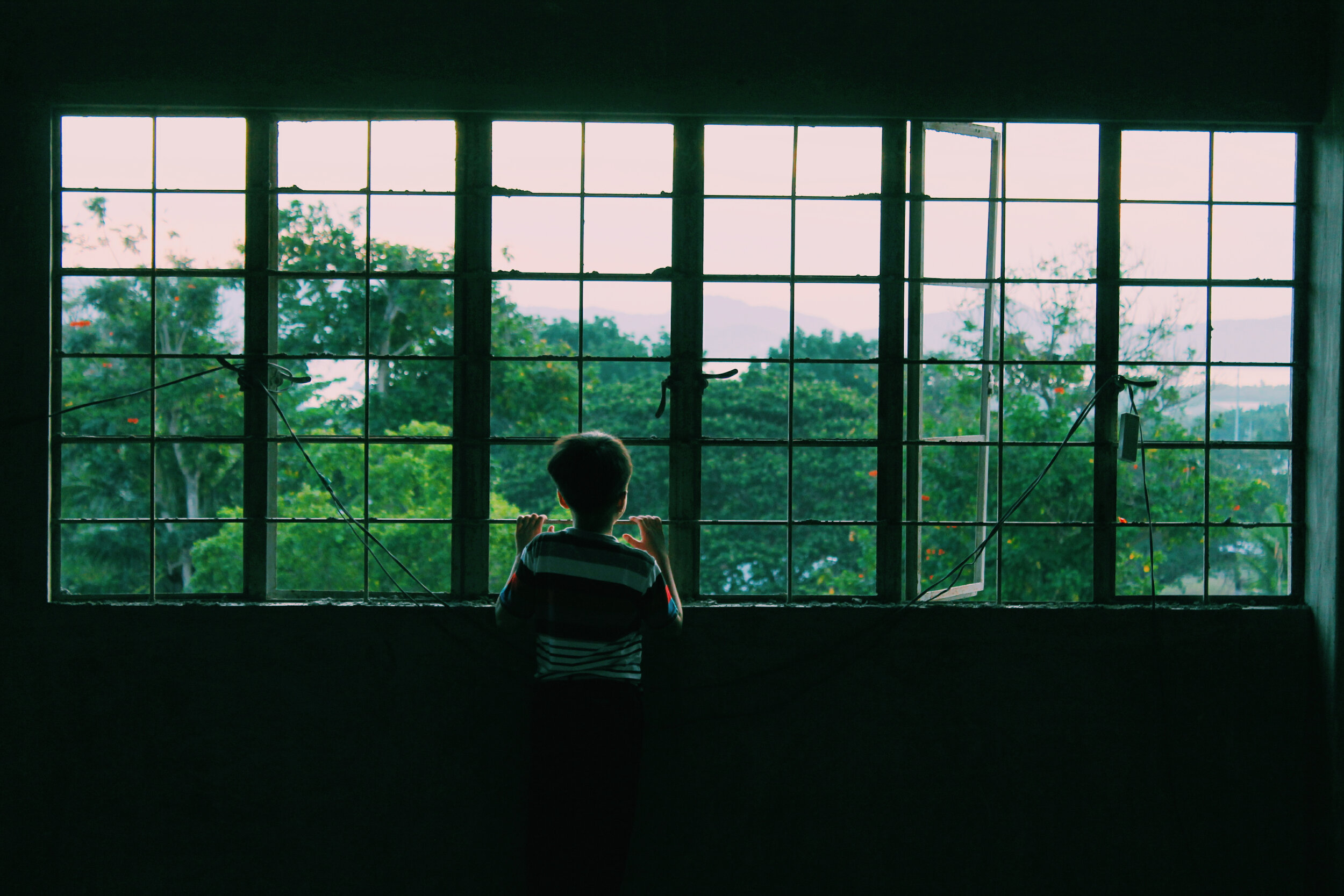A reflection from Argentina [1]
By Maria Eugenia Funes
After more than four months of social isolation, job losses, and general social, economic, and political crisis, the COVID-19 pandemic has put humanity face-to-face with its non-sustainable way of living. The devastating economic and social consequences of this pandemic demonstrate that our increasingly unequal economic systems have been aggravating environmental destruction and wealth concentration all over the world for decades. Taking into account that religion is an important part of many people’s lives, it is timely to ask ourselves: how are religious and spiritual leaders and followers responding to the many layers the current crisis presents? What can we learn from them?
Religious leaders developed a first response to the different social isolation measures disposed by most of the countries in the world in order to keep up with the spiritual company given to the faithful. In a context where religious sites were closed and religious gatherings, pilgrimages, and celebrations banned, religious leaders and communities developed creative ways to stay in contact and transmit their messages. As with many other social activities, congregants used video-calls for religious rituals and meetings, and thus, the domestic space acquired a new density in the spiritual lives.
But the practices of religious leaders and communities have not been limited to the symbolic dimension but addressed the many material needs that emerged in this context. The different religious groups present in Argentina [2] show an interesting range of experiences regarding the responses of religious groups to social and economic crises. In addition to the traditional organization of food, clothes, and shelter donations to people in need, some religious spaces, like nunneries, were transformed into healthcare centers for people with symptoms of COVID-19. Furthermore, the social networks developed in religious spaces have proven useful for people that lost their jobs for selling products, like facial masks, and for risk populations, like old people, to receive help from other members of the community to cover their everyday needs. These sociability networks have also been fundamental for psychological and spiritual company and support. These practices were not only carried out by the Catholic majority, but also by all the minority religious groups in the country: Evangelicals, Buddhists, Jews, Muslims, Latter Day Saints, Umbandas, and Kimbandas, and even Holistic Centers.
Many of these initiatives are developed in articulation with other actors of the political and social service sectors. Some of these religious groups are coordinating their activities with the State and other civil society actors, like NGOs. Recognized figures of sports and show business, and many ecumenical and interreligious spaces, have been used to organize solidarity practices. In addition, many have developed their own versions of traditional political practices, such as the organization of collective meals, known locally as “ollas populares”, which spread along the country particularly after the economic and social crisis of 2001.
Finally, the religious field has, alongside other realms of social life, taken over the concerns towards the building of more sustainable ways of living that could ensure better social and environmental conditions for humanity. In that sense, during the COVID-19 crisis, Pope Francis’ circular Laudato Si has been actively revisited among many other religiously-informed discourses, promoting practices that involve taking care of the environment. Furthermore, spiritual cosmovisions are influencing economic models that aim to include social and environmental problems to the private sector agenda. This has been the case with the influence of anthroposophy in the development of a social bank project, the Latin-American Ethical Bank, strongly promoted by people involved with this esoteric discipline in Brazil, Chile, Argentina, Colombia, and Uruguay.
All of these practices developed in the religious arena remind us of the central role religious and spiritual groups and networks have during crises like the one we are going through. Even though the religious leaders and groups have seen their everyday ways of experiencing their faith transformed, this didn’t mean they vanished from the social space but, on the contrary, they developed creative ways to be in contact with the transcendent and they intensified their social interventions. As stated above, religious groups are providing both spiritual and material support, as well as symbolic resources, to reflect upon a future where religious values are put at the service of building a better world.
[1] This entry was written with the support of “La Confra” a network of South American women researchers on religion.
[2] For a quantitative description of this diversity see http://www.ceil-conicet.gov.ar/wp-content/uploads/2013/08/ii25-2encuestacreencias-en.pdf
1. Ollas Populares could be translated literally as “popular pots”. They consist of big collective meals, generally cooked in big pots, organized by political or social organizations in contexts of economic and social vulnerability.

















